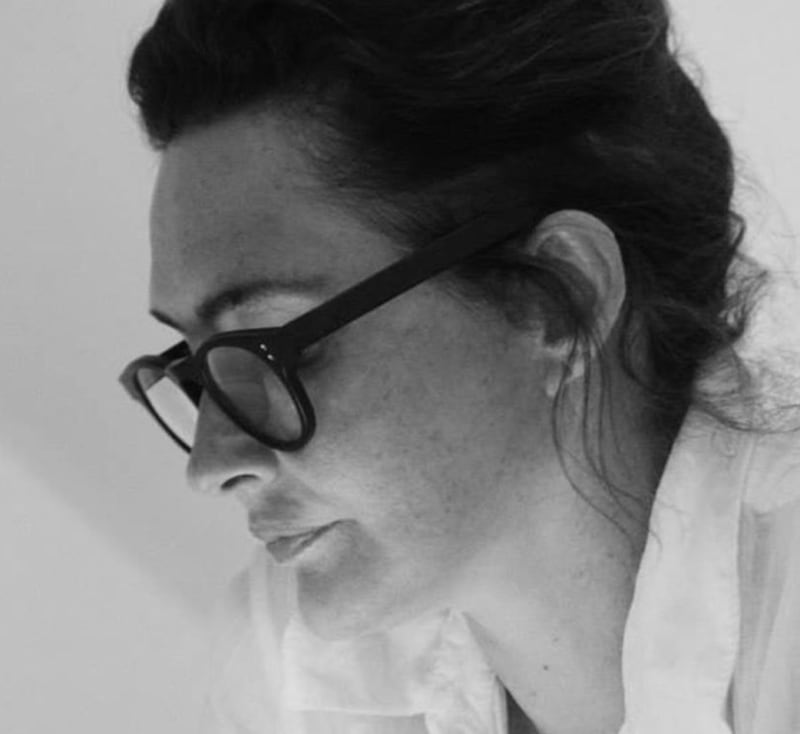Caught at the intersection between her Tunisian heritage and the Western society surrounding her, Meriam Bouderbala is known as a daring artist who channels her cross-cultural experiences into sensual and experimental mixed-media artworks. Born in Tunis in 1960, Bouderbala comes from a family with an eclectic mix of ethnicities with colourful stories, including her Circassian great-grandmother being kidnapped by Arab pirates (on her father’s side), her great-grandfather fighting for Tunisian independence (on her mother’s side), her mother’s parents hiding Tunisian Jews from Nazi raids during World War II, and her own father doing his military service in France and studying in Paris before returning to Tunis and meeting her mother.
Meriem Bouderbella studied at the beaux – arts in Aix-en – Provence and Chelsea school of Art in London. She lived and works between Paris and Tunis. Her inspiration and creativity come fro, her French – Tunisian origin and culture. Both heritages spur actions, overpainting and decisions that her works toward the Deleuzian concept of being “becoming – minoritarian ”, as she claimed in her 2003 exhibition in Tunis. In defining this idea, Gilles Deleuze was not emphasising the outcast, marginal dimension of minorities but, on the contrary, the power of minoritarian state of being, the dormant, underground force of transformation and upheaval that comes with voluntarily turning to “becoming – minoritarian”. These interaction between different spaces, times and cultures helpfully and compelling shed light on Bouderbela`s artistic experience: through the representation of bodies, she attempted to combine Eastern and Western sensibilities, and thus to find “ the point where the human figure is both flesh and signs ”.
She uses her own body as an artistic means to break down certain dominant social norms “ I make my body and its altered, upturned photographic exhibition into a scene, an ephemeral stage of tragedy without origin or end. Bouderbella employs photography to stage studied poses with a choreographic intent. However, this kind of self-portraiture is not exclusively a matter of photographic or performance work: it evinces her multifaceted artistic approach, which also rooted in her previous and concurrent painting practise. Draping herself in fabric or, alternatively, posing in the nude, she reveals veiled and sensual choreographies.
Displaying a variety of bodies and fabrics, she presents herself as Bedouin women and addresses different subject such as critical questioning of orientalism and especially the fantasies that are projected on Arab women, or discriminations against women in the Arab world today. She highlighted the way in which she presents and post collide and how the body converges with the sign. Summoning baroque characters and evanescent silhouettes, she cloud her purpose and suggest multiple possible directions. The folds of the fabric assault her body in flowing waves, echoing the constructions that women have to deal with in order to freely create their own identity.
